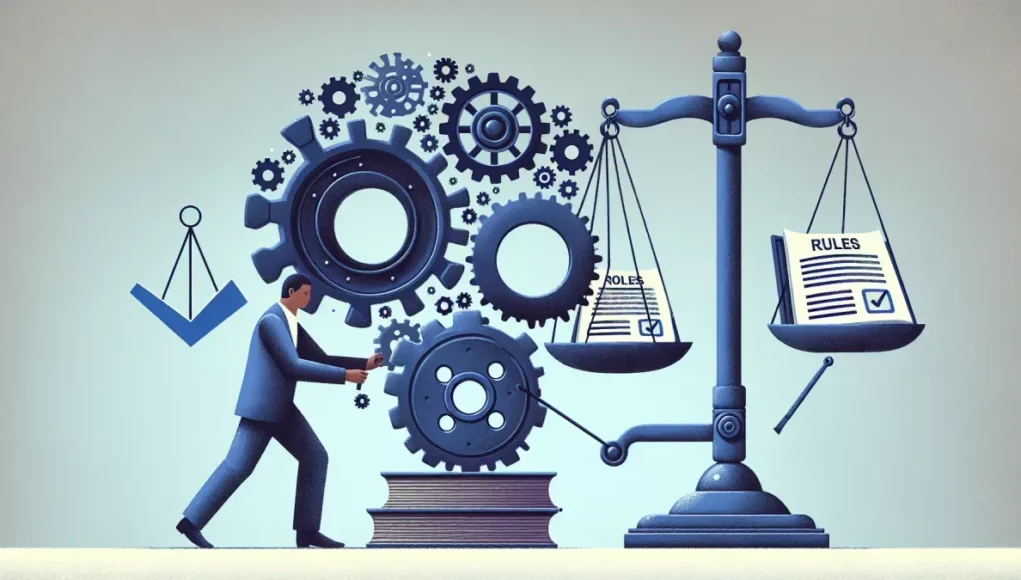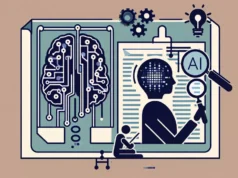Despite rapid advancements in artificial intelligence (AI) and machine learning (ML), experts have been caught in a tug-of-war about its regulation in the field of content creation. The robotic takeover of the content industry has rapidly gained momentum in recent years, leading to widespread debate on the need for stringent control measures to guarantee the reliability and quality of machine-crafted content.
A whole host of industries, ranging from journalism to advertising and filmmaking to gaming, are leveraging AI technologies. Algorithms are now writing news stories, designing ad campaigns, creating movie scripts and game scenarios. The impressive fact that an AI developed by OpenAI, GPT-3, is able to produce human-like text has only heightened the discourse on the governance of AI in content creation.
However, the increasing prevalence of AI-aided machines in content creation raises pertinent questions about the objectivity, credibility, and accountability of such material. While algorithms can produce content more efficiently, there are concerns that the authenticity of the generated content cannot always be fully verified. There are broader concerns too. The risks of misinformation, plagiarism, loss of jobs, and the inability to hold machines accountable for their creations crowns the list.
One of the biggest roadblocks to AI-generated content is the ability or rather inability of AI to critically evaluate information and make moral or ethical decisions. Machines remain true to programming commands, creating a broad canvas for potential misinformation and bias, intentional or otherwise.
The move towards regulation is also prompted by fears of job losses in the content creation field. Critics argue that while technology can aid and enhance human effort, the complete mechanization of content generation may lead to job losses in an already competitive industry.
Highlighting the collective call for regulation, the Canadian Journalists for Free Expression (CJFE) asserts that “with the growing impacts of AI, we need to revisit ways to ensure responsibility, accountability, and accuracy.” The organization has been outspoken about the necessity for legal parameters to govern AI in journalism.
The European Commission’s (EC) proposed Regulation on AI is an exemplary step in this direction, focusing on high-risk AI uses. The regulation encompasses both the user and the provider, mandating them to meet certain requirements connected to data, documentation, transparency, the human oversight of AI, security, and accuracy.
However, AI regulation is a multifaceted issue that demands an intersectional approach. Implementing a nuanced, carefully constructed set of regulations that ensures quality control without stifling technological progress is the need of the hour. Stakeholders, including technologists, legislators, journalists, and consumers, must be part of the discussion for an all-encompassing solution.
Moreover, enforcing auditing and certification processes may ensure the credibility and accountability of AI-driven content. Third-party audits could guarantee the reliability and quality control of machine-driven contents, ensuring they meet ethics and standards set by respective industries.
AI regulation could be the key to building trust in machine-driven content while ensuring a fair market for human content creators. As the AI future is seemingly inevitable, the implementation of thoughtful legislation to govern this burgeoning technology can ensure its potential is leveraged responsibly.
Bringing AI under an ethical and regulatory framework would foster accountability and maintain journalistic integrity. It sets the stage for a future where human and machine-made content can coexist, where machines influence human creativity and speed without completely replacing the human touch.
On this note, as Henry Jenkins, a leading scholar in media studies, famously said, “Our old distinctions between powerful producers and powerless consumers no longer apply.” The intersection of AI, creativity, and regulation heralds a new paradigm in content creation, where the once strictly demarcated roles of content creators and consumers blur and intermingle, creating an exciting new frontier in content creation.
Sources:
1. OpenAI webpage. URL: https://openai.com
2. Canadian Journalists for Free Expression (CJFE). URL: https://www.cjfe.org
3. European Commission’s (EC) proposed Regulation on AI. URL: https://ec.europa.eu/info/strategy/priorities-2019-2024/europe-fit-digital-age/artificial-intelligence-laws-proposed-ai-regulation_en
4. Quotes of Henry Jenkins. URL: http://henryjenkins.org






